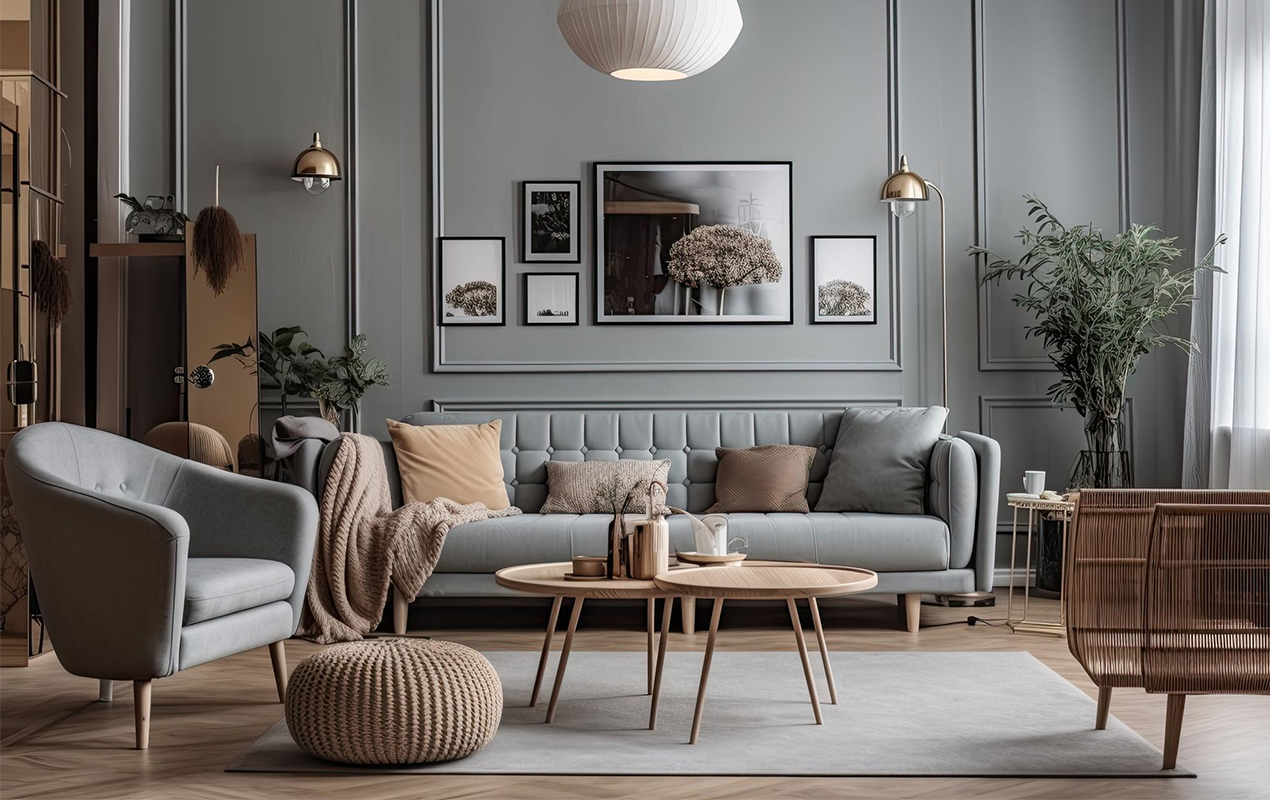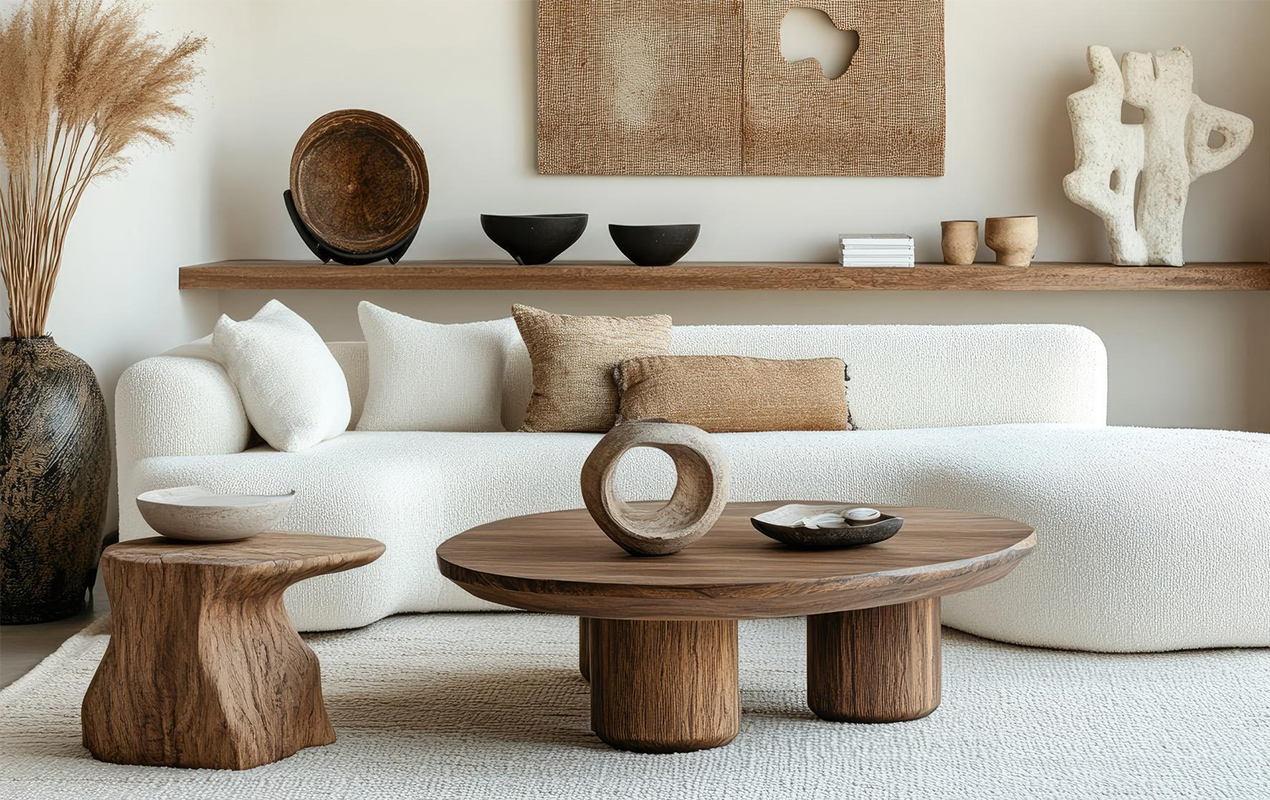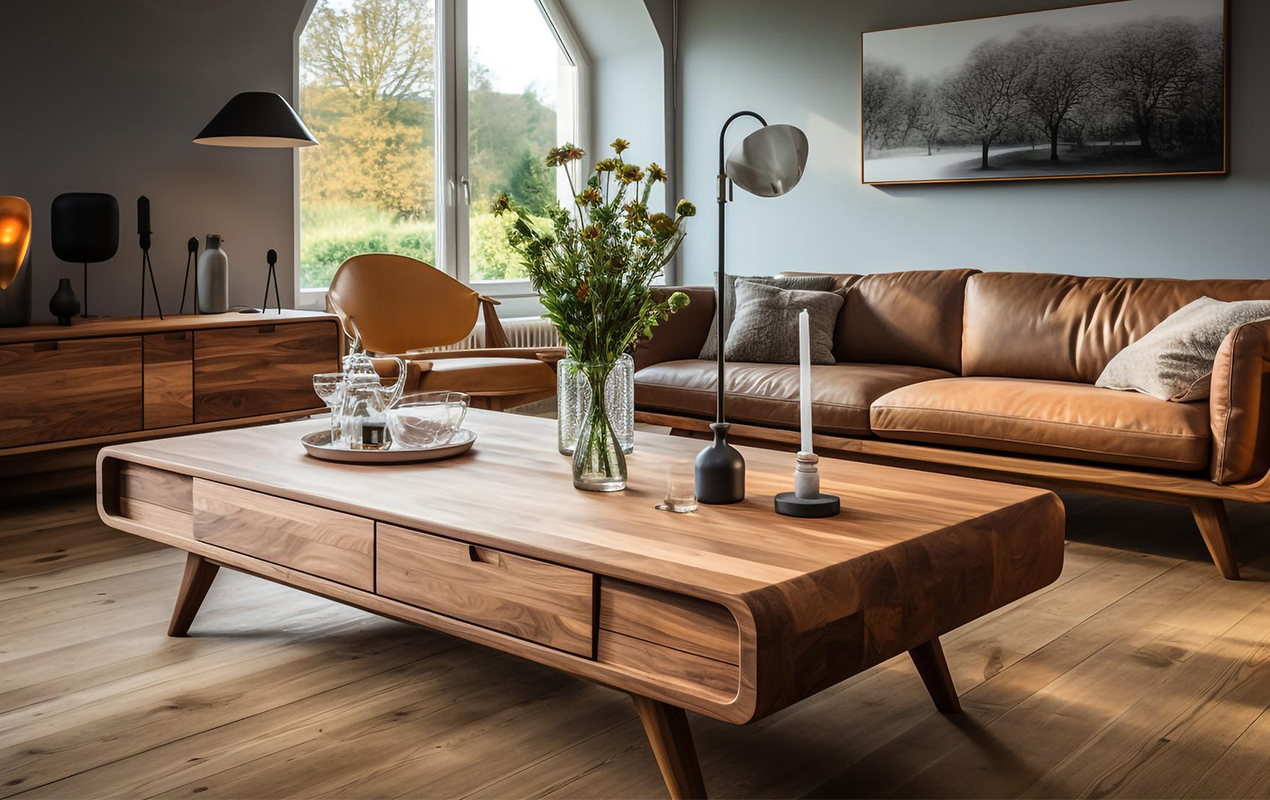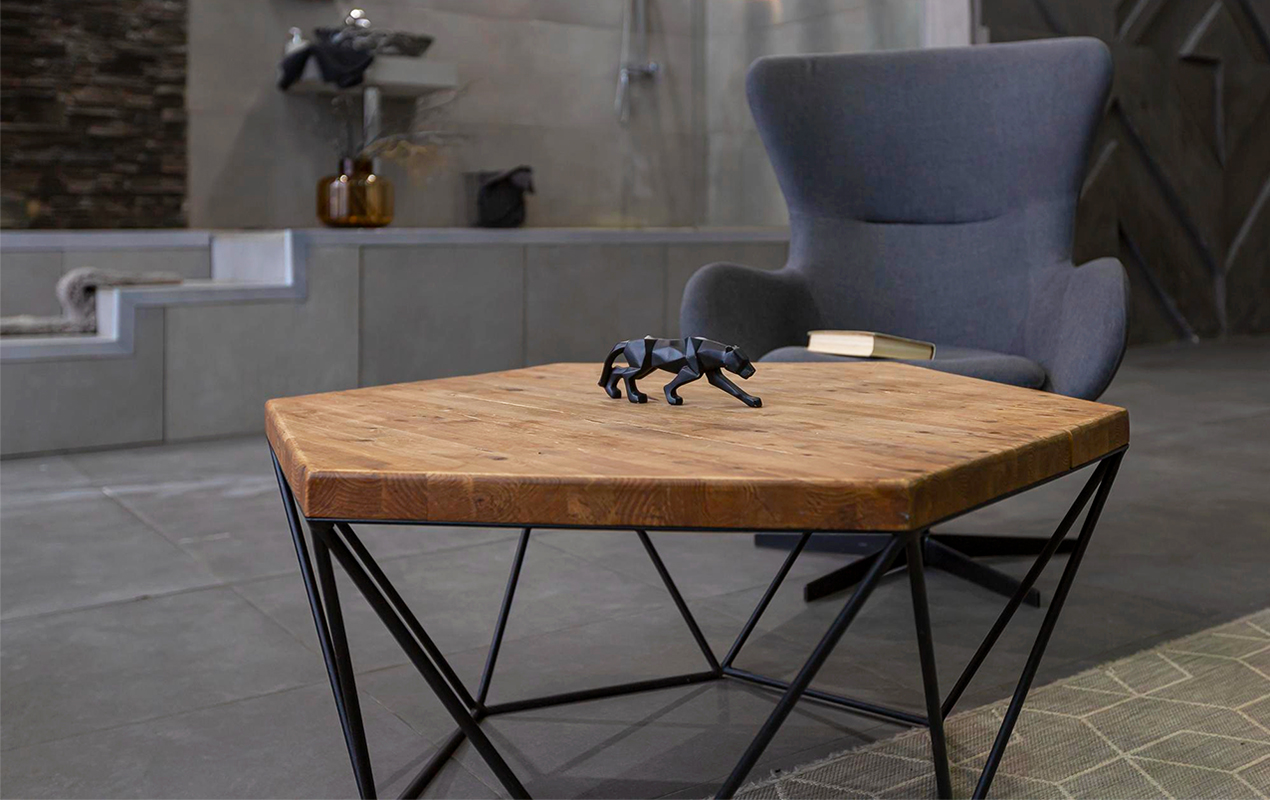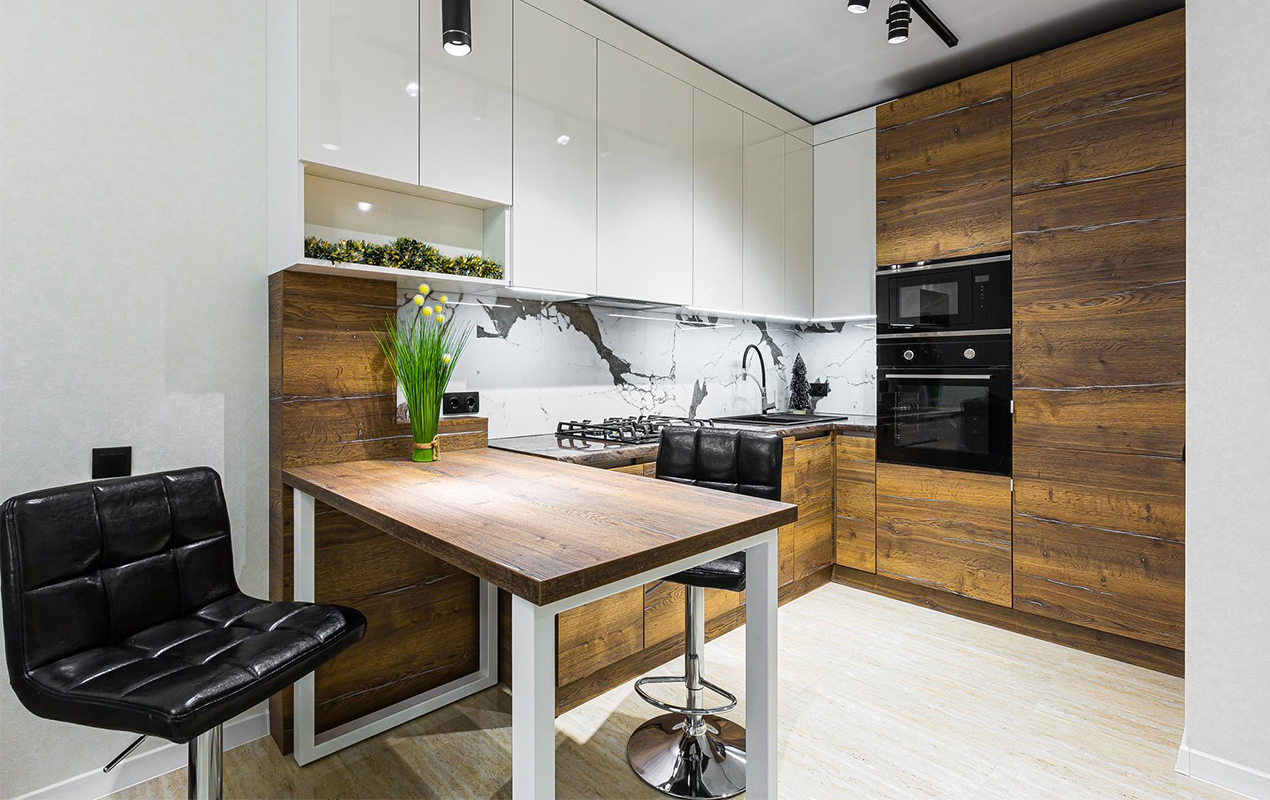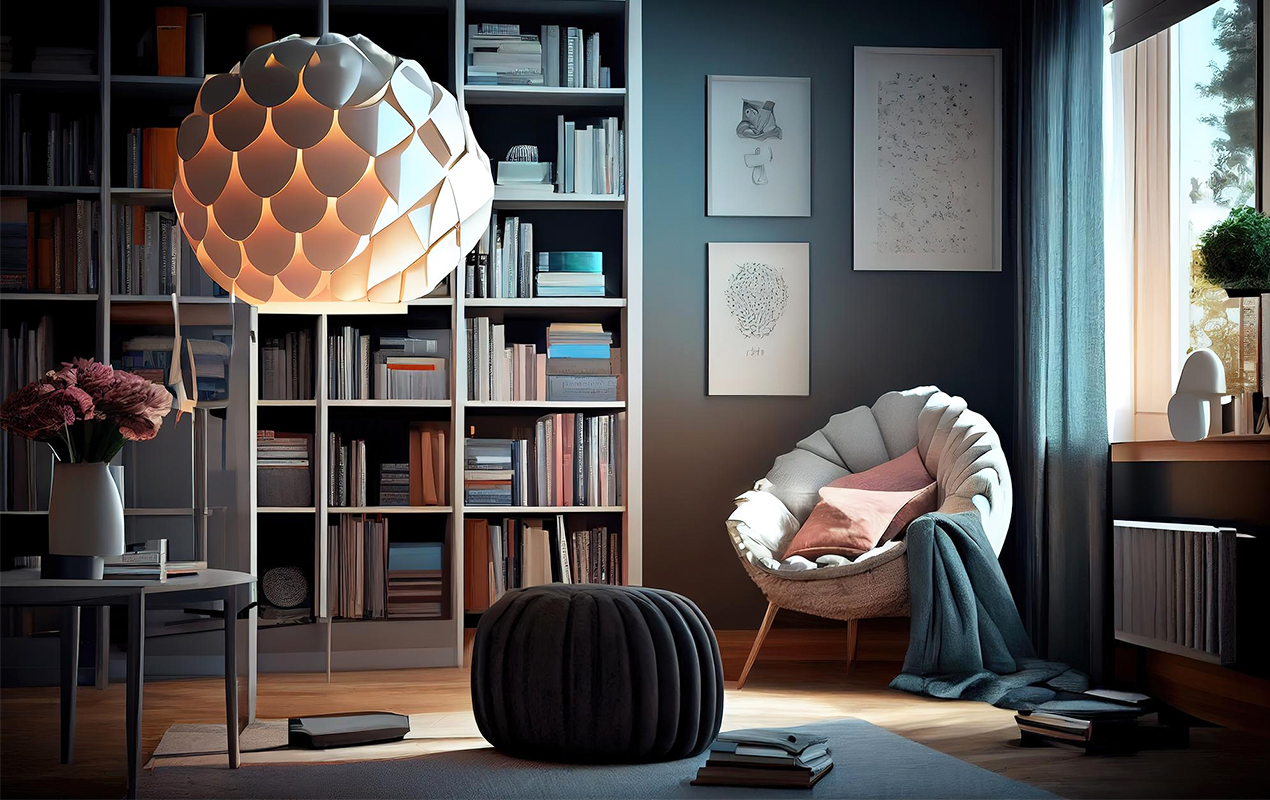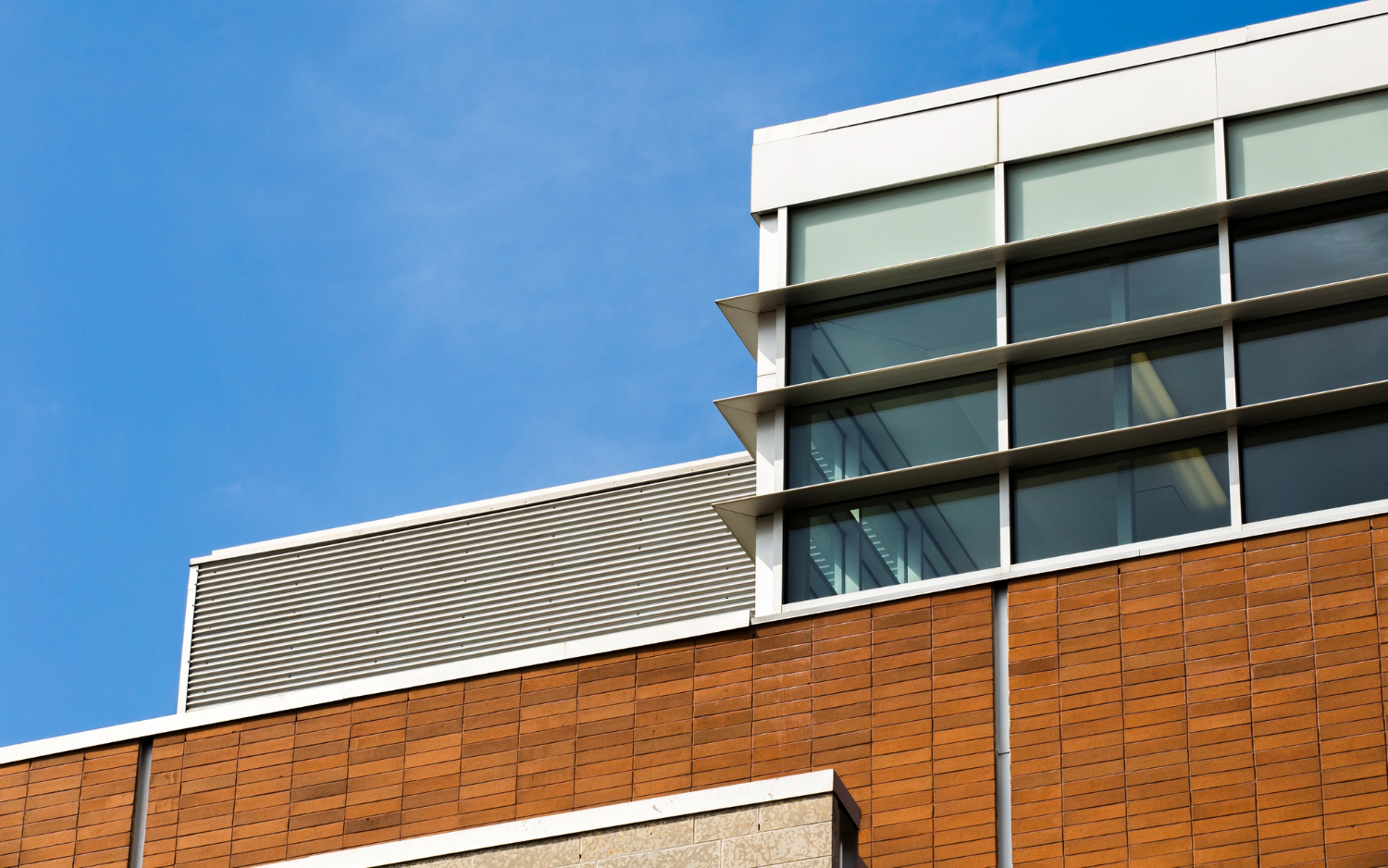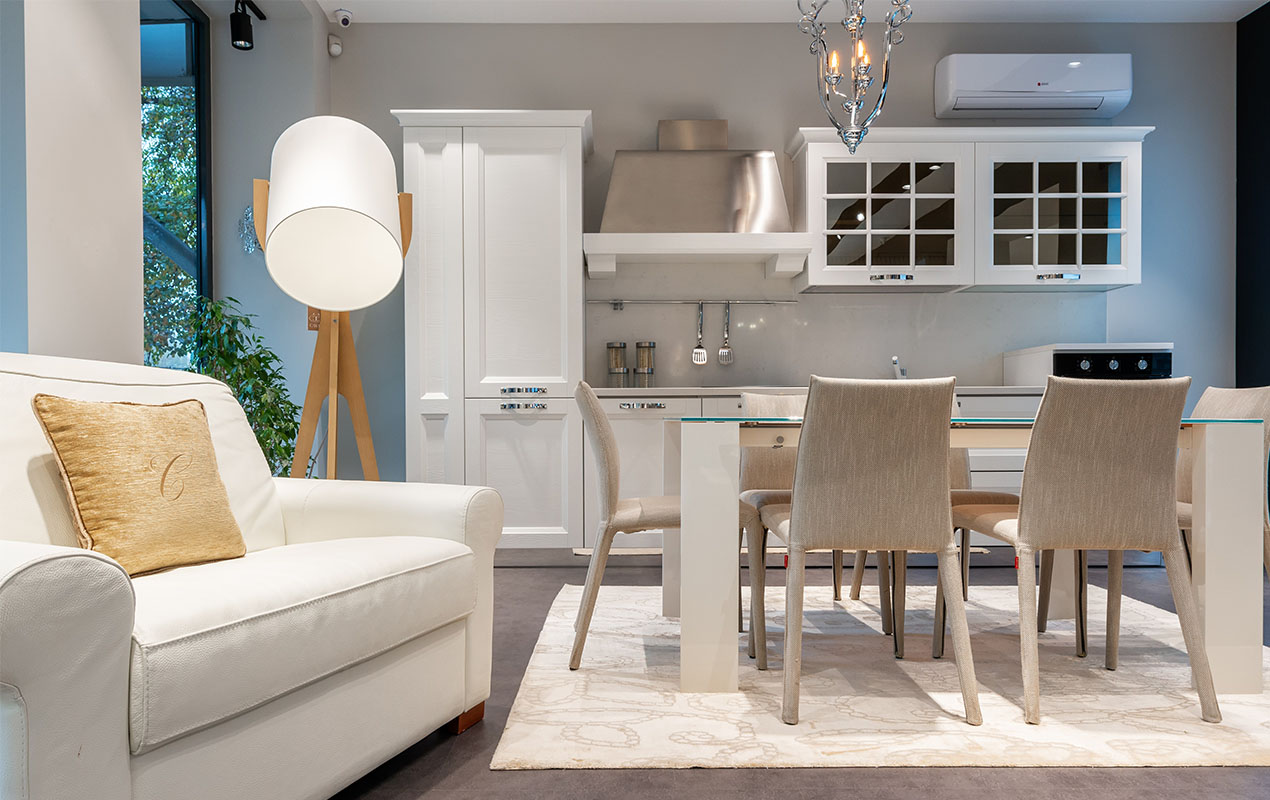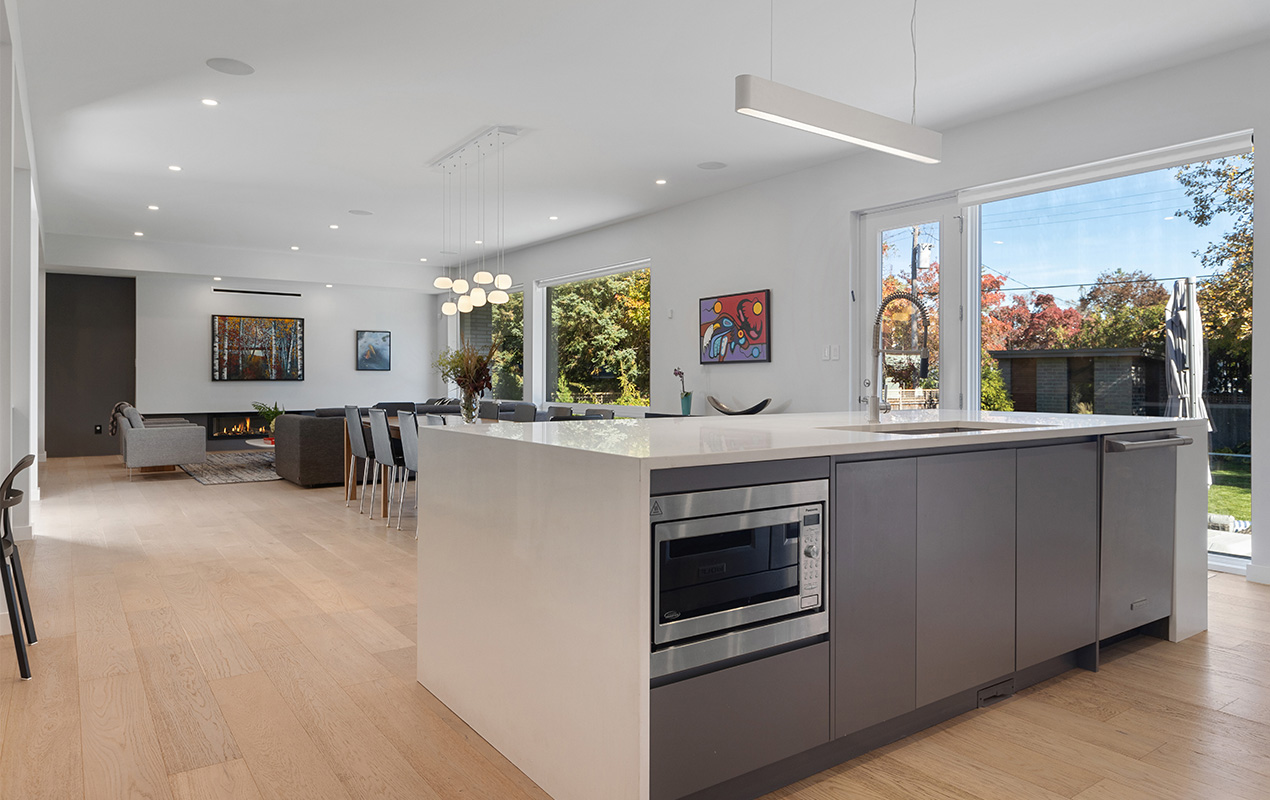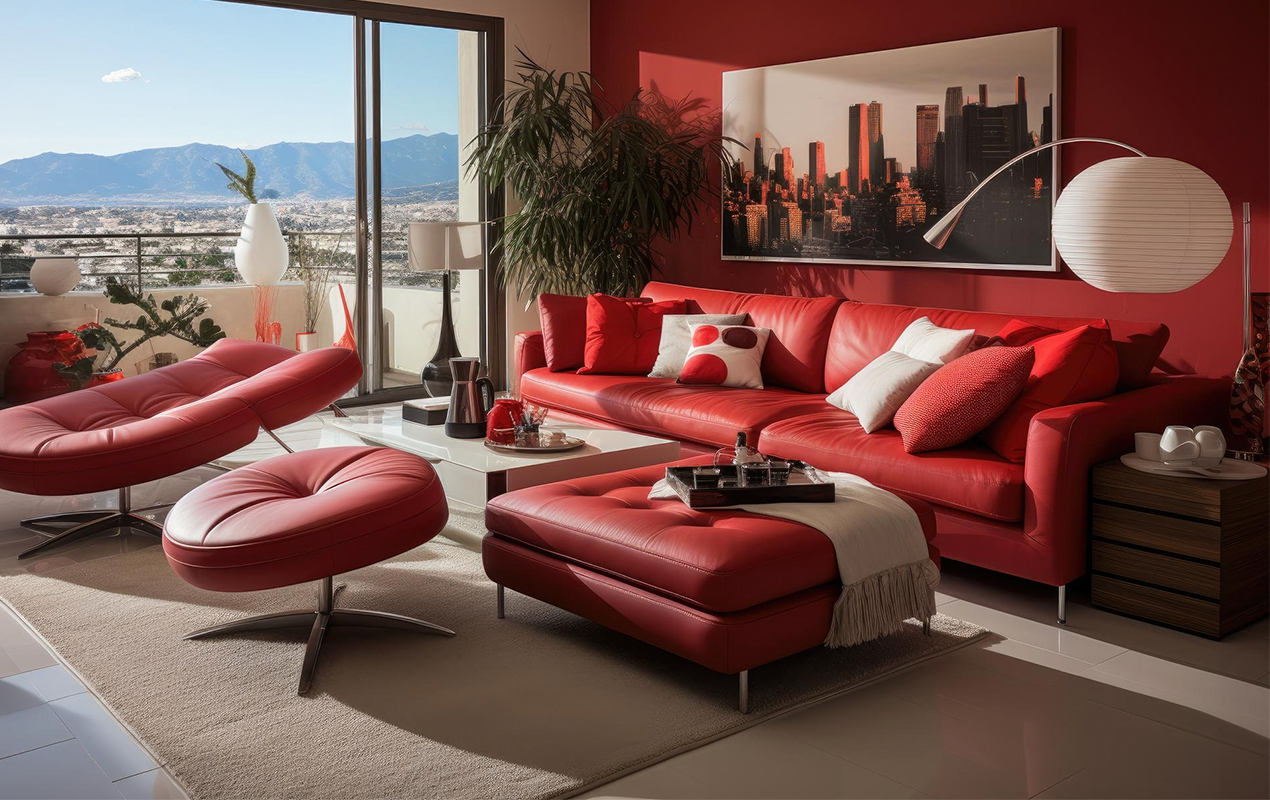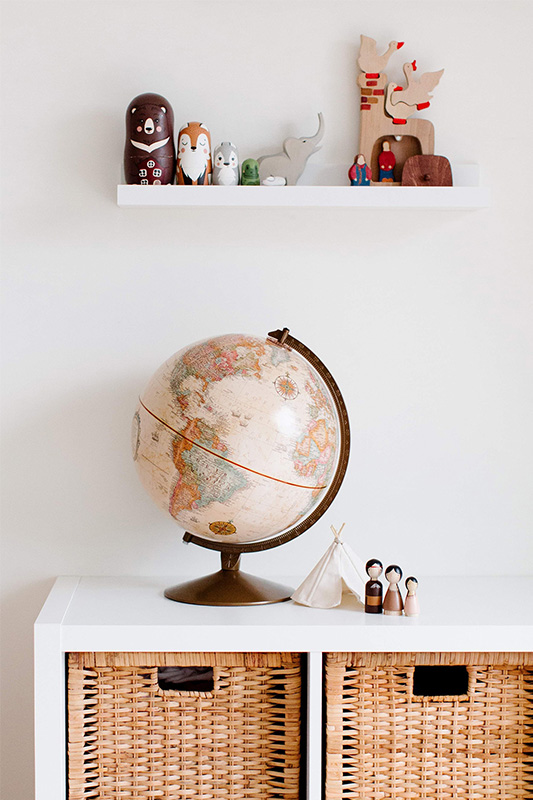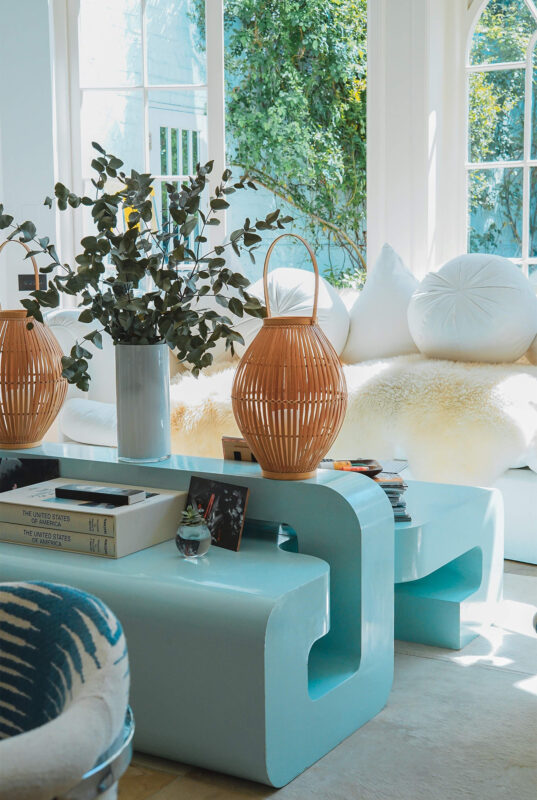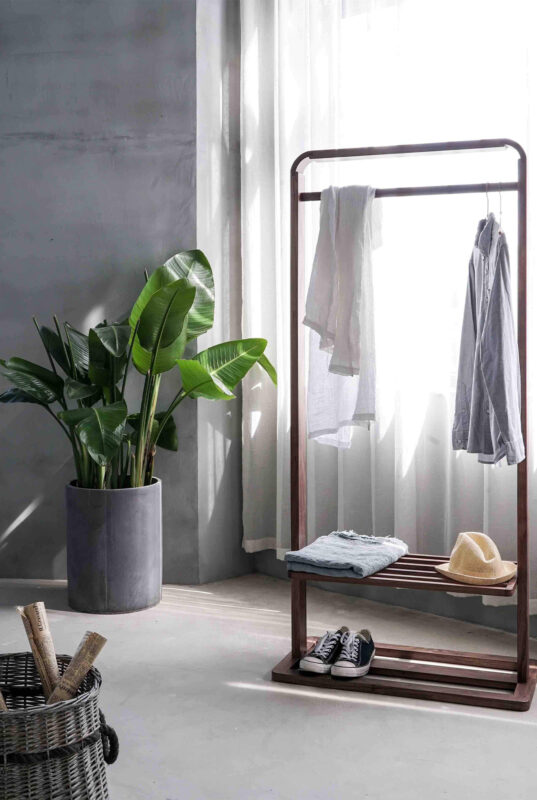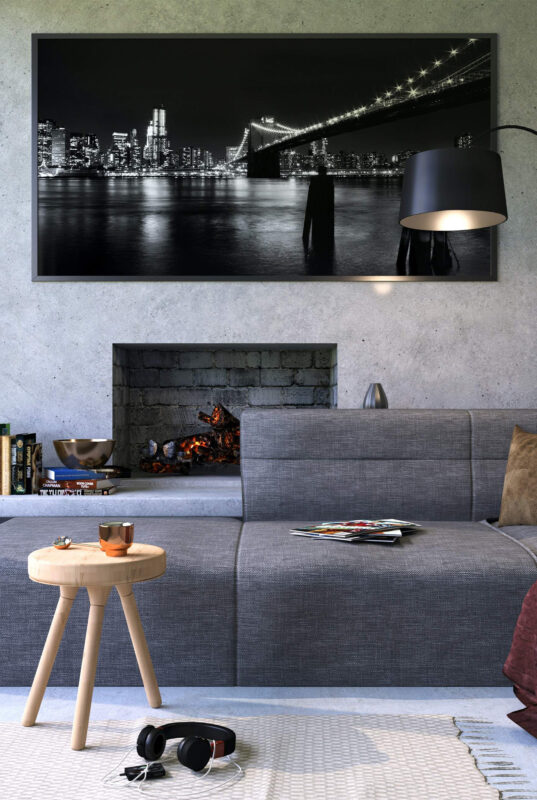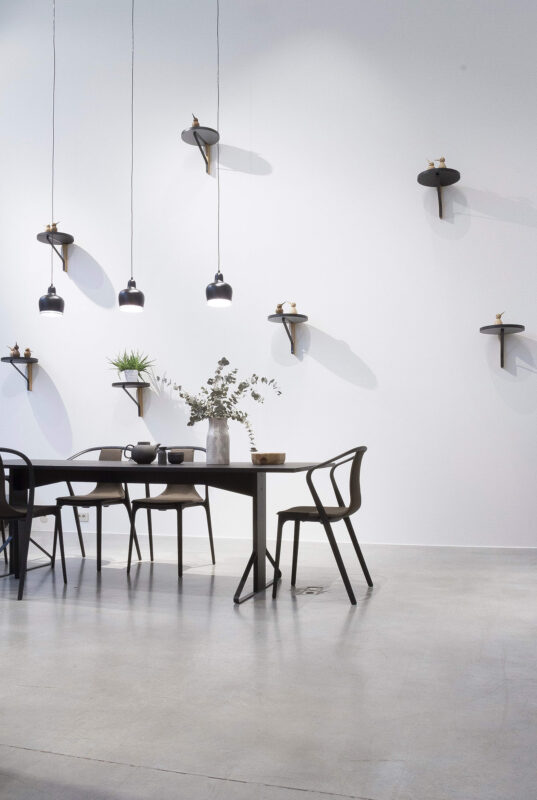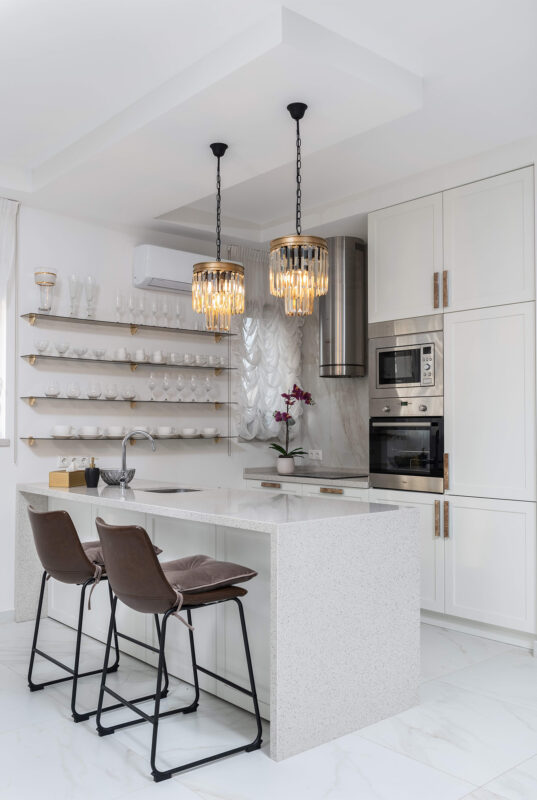Blog
Is Your Dream Coffee Table a Durability Disaster Waiting to Happen?
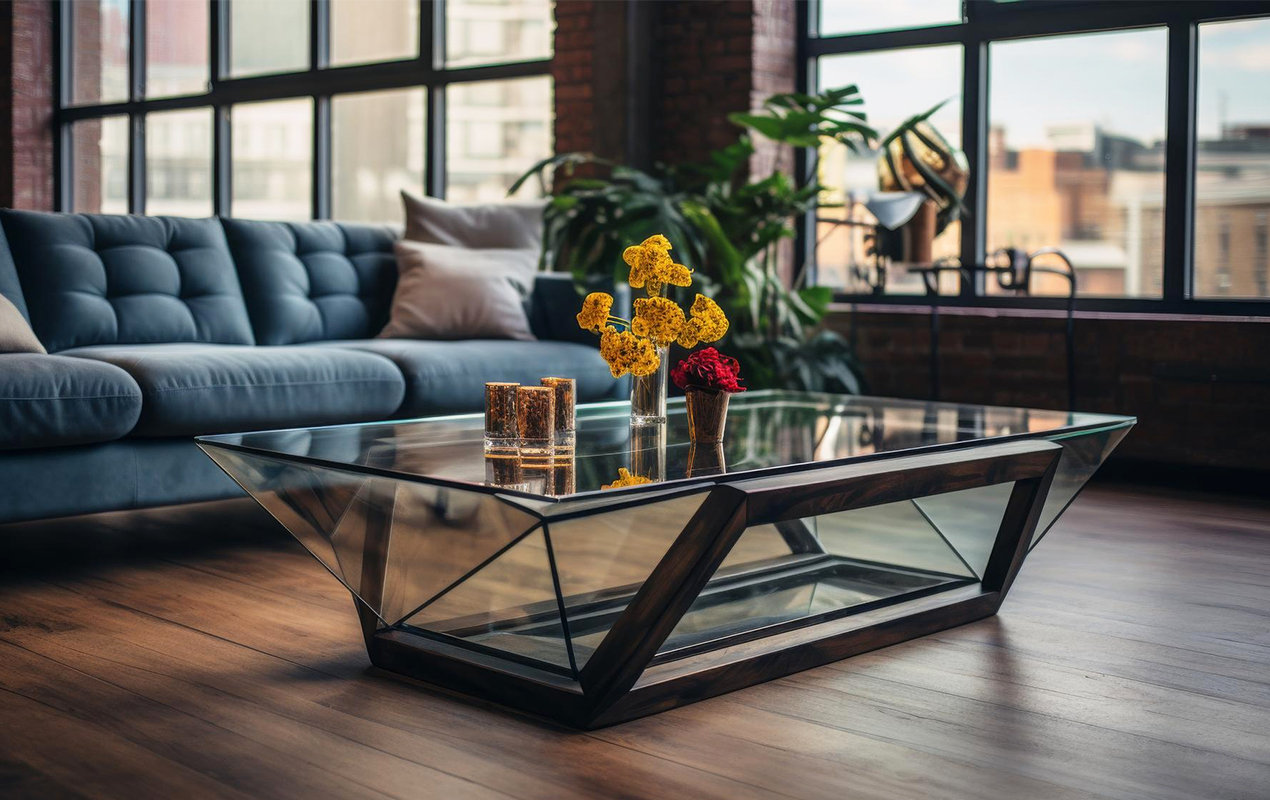
DISCLAIMER: The images in this post are for informational purposes to illustrate potential possibilities, recognizing that individual tastes vary. We aim to capture your wants and needs, expanding on each style where possible to offer a range of available options from reputable designers and affiliated brands. This selection process considers a variety of factors to ensure we cater to the diverse preferences of our readers.
Glass Coffee Table Durability
Have you ever taken the time to appreciate the sleekness of glass coffee tables? Their adaptability is indisputable, with their transparency cohering with a myriad of styles, from minimalist havens to eclectic boho abodes. Not to mention, its light-reflecting aspects make even the coziest setup feel airier and more spacious. However, beneath the glossy facade lies a question often lingering in the minds of potential buyers: “Does a glass coffee table, with its reputation, reflect lasting durability?”
The fear of chips, cracks, and shattering is understandable. After all, glass doesn’t have the same reputation for sturdiness as, say, wood or metal. But here’s the truth: with the right understanding and consideration, a glass table can be a resilient and long-lasting centerpiece for your home. In this guide, we’ll delve past the surface to explore the nuances of durability. We’ll uncover the unknowns of choosing the right glass type, comprehending construction details, and factoring in your lifestyle.
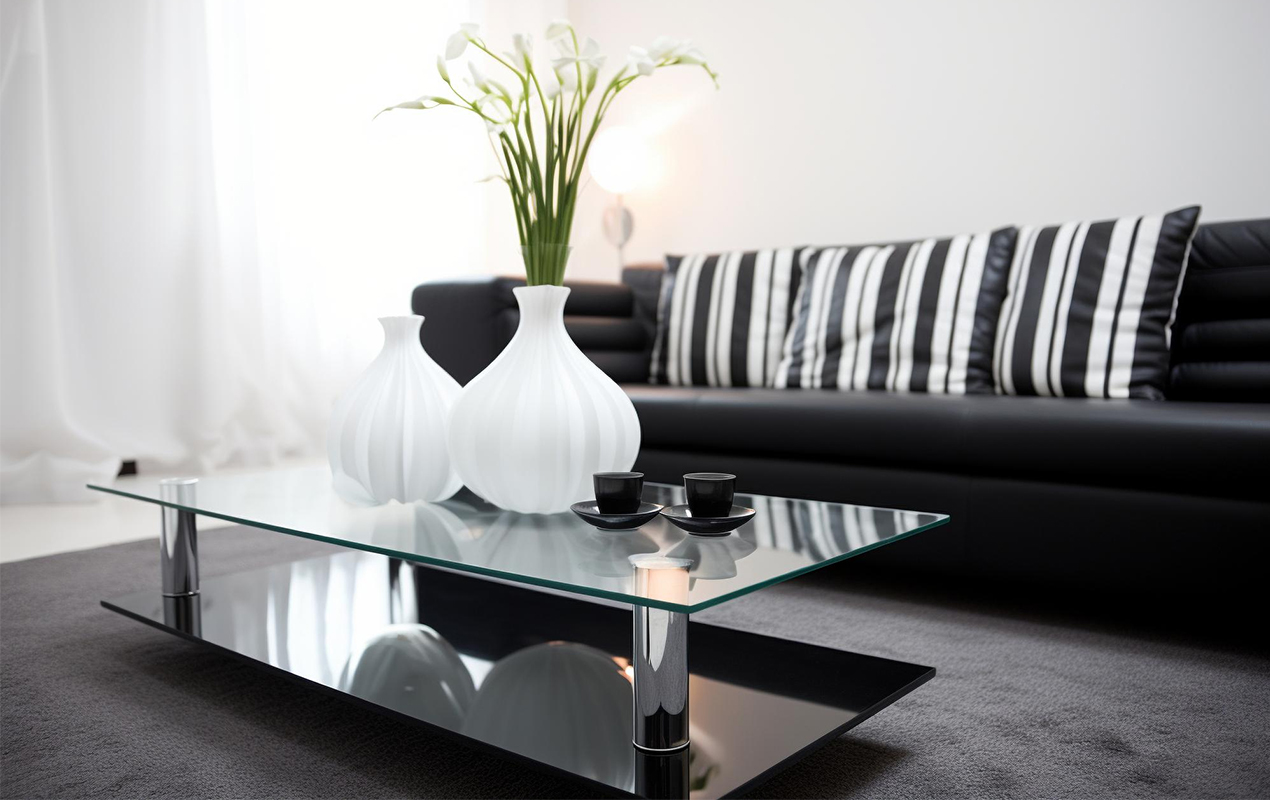
Photo by sappi1004-1 from Freepik
Understanding Glass Types
Not all glass is created equal, especially with coffee tables. Determining the right glass type is paramount to ensuring your table’s longevity and safety. Here’s a breakdown of the three main types you’ll encounter:
Tempered Glass: The Gold Standard for Coffee Tables
Tempered glass isn’t your average window pane. It undergoes a special heat treatment process altering it into a remarkably robust material. This process involves heating the glass to a high temperature and then rapidly cooling it, which forms internal tension making it significantly more resistant to impact and breakage compared to regular glass.
Due to its eminent strength and safety qualities, tempered glass is uncontested for coffee table applications. Even if it does happen to break (which is rare under normal circumstances), it shatters into small, pebble-like pieces rather than dangerous shards, minimizing the injury risk.
Annealed Glass: The Less Durable Cousin
Annealed glass, also known as regular or standard glass, is the most common type you’ll find in everyday items like windows and bottles. While it’s suitable for those purposes, it’s not the ideal option for coffee tables. Annealed glass is less resistant to impact and thermal stress, causing it to be more susceptible to breakage in comparison to tempered alternatives. While budget-friendly tables might utilize annealed glass, it’s generally not advised due to its lower durability and the potential for sharp shards if it breaks.
Laminated Glass: The Safety-Conscious Option
Laminated glass consists of two or more layers of glass bonded together with a thin layer of plastic interlayer (usually polyvinyl butyral or PVB). This provides considerable strength and shatter resistance, contributing to overall glass coffee table durability. If laminated glass does fall victim to a breakage, the plastic interlayer holds the fragments together, preventing them from scattering and causing harm. Laminated glass isn’t as common in tables as tempered glass, it’s worth considering if safety is your top priority, particularly in households with children or pets.
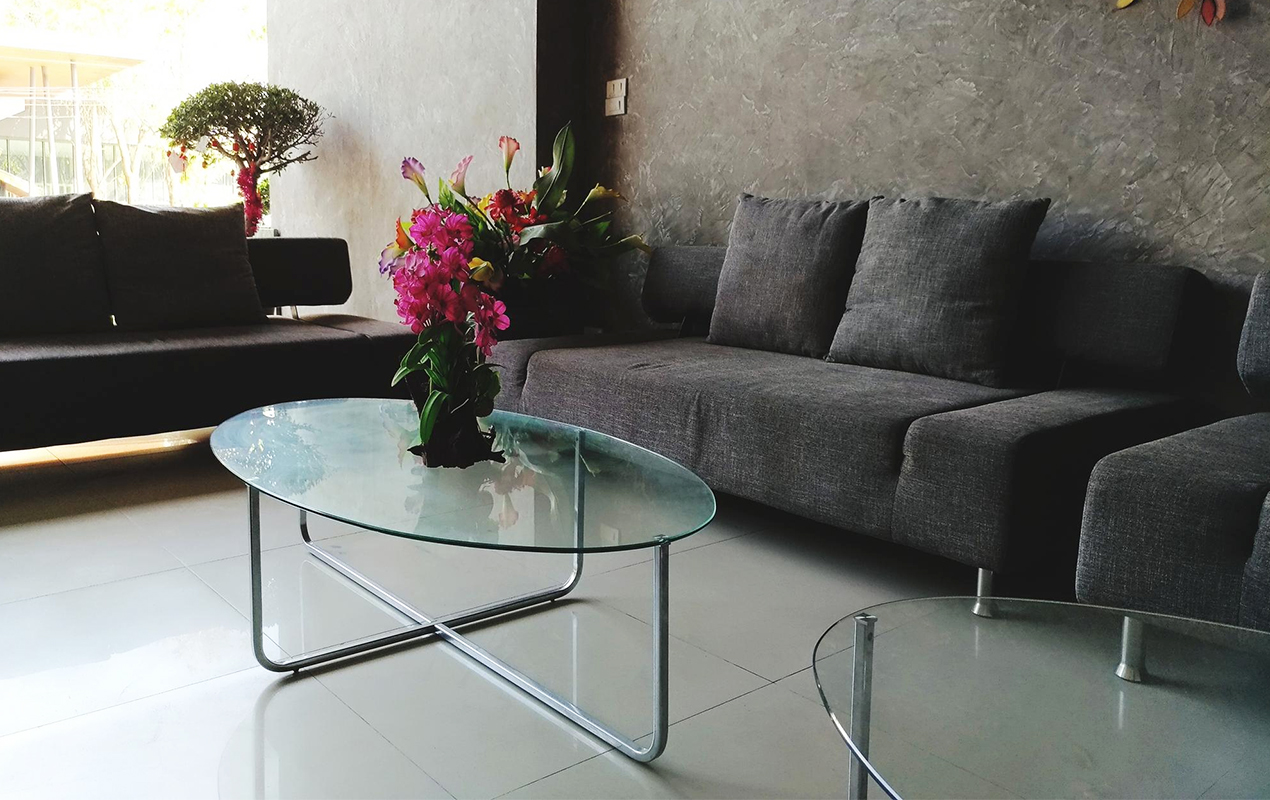
Photo by EyeEm from Freepik
Glass Coffee Table Durability: Influencing Factors
Several fundamentals contribute to the overall durability of a glass table. Understanding these facets can help you make an informed decision offsetting style and strength:
Thickness: A Bulwark Against Breakage
It might seem intuitive, but thicker glass generally translates to better durability and is typically more resilient than a thinner glass coffee table. A thicker top can better withstand impacts, pressure, and weight, making it less viable to crack or shatter. For coffee tables, a consistency of at least 6mm – 12mm is often recommended for standard use depending on the table size. If you anticipate heavier use or have children or pets, consider opting for even glass closer to 12mm (about 1/2 inch) and upwards.
Edge Work: Aesthetic Meets Functionality
Different edgework options offer varying levels of appeal and safety:
- Seamed Edge (aka Rough Edge): This is the most basic edge type, formed during the cutting process. While functional, it can be sharp and might not be the most visually intriguing option.
- Ground Edge: This edge is smoothed and slightly rounded for a more refined look and feel.
- Beveled Edge: This edge features a slanted cut that produces a polished, sophisticated appearance. It also improves safety by minimizing sharp corners.
- Polished Edge: This edge is highly polished to a smooth, gleaming finish. It’s popular for modern and contemporary designs.
Choosing the right edgework depends on your preferences and the style of your table. A beveled or polished edge adds luxury, while a seamed or ground edge offers a more understated look.
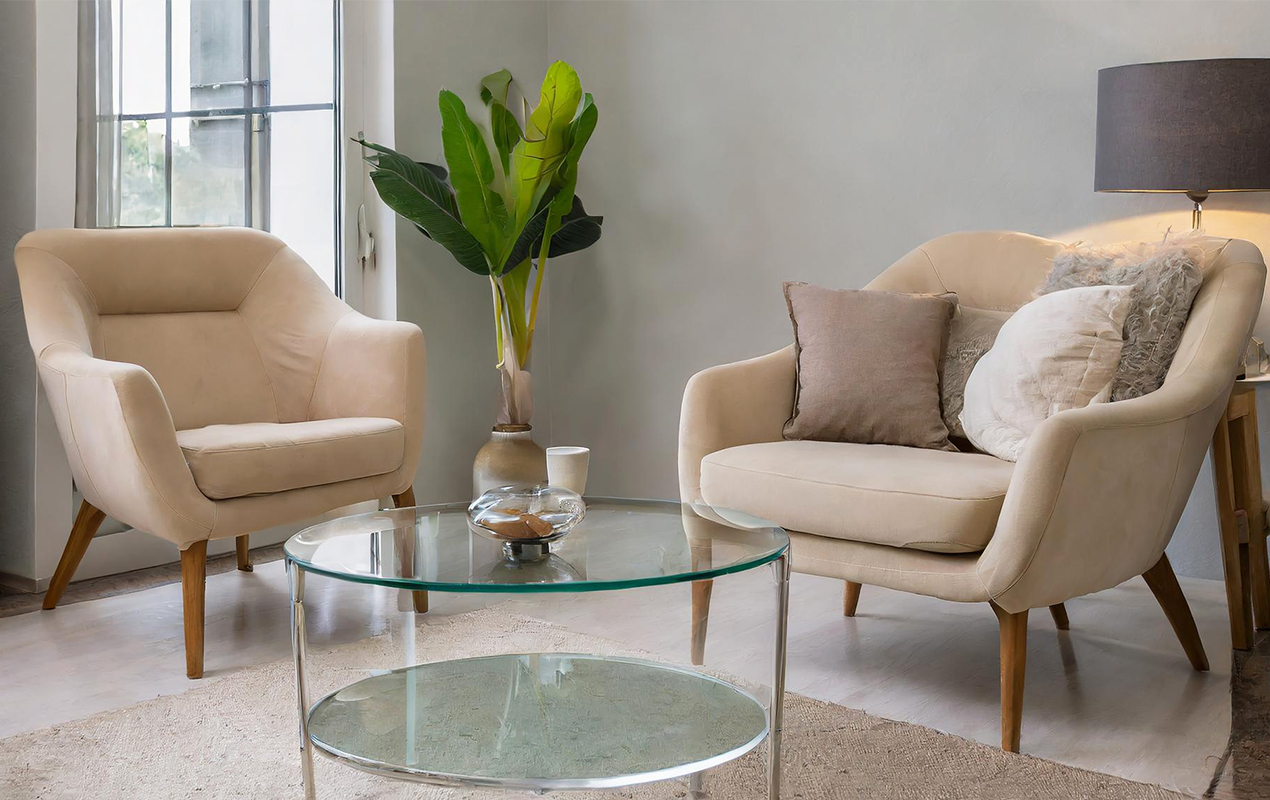
Photo by Olanod from Freepik
Base/Support for Stability
A sturdy base delivers essential structural support, deterring the top from flexing or warping under pressure. Look for tables with bases comprising durable materials like wood, metal, or reinforced composite alternatives. Avoid tables with flimsy or unstable bases, as they can compromise the overall durability of the piece.
Quality of Construction: The Devil’s in the Details
Even the highest quality glass can falter if the table’s construction is subpar. Look for tables displaying prime craftsmanship.
- Seamless Joints: The connection between the glass top and the base should be smooth and secure, with no visible gaps or unevenness.
- Reinforcement: Some may have additional reinforcement elements, such as metal brackets or crossbars, that further improve stability and prevent flexing.
- Finished Edges: The edges of the glass should be smoothly finished, with no rough or sharp areas that could weaken the glass over time.
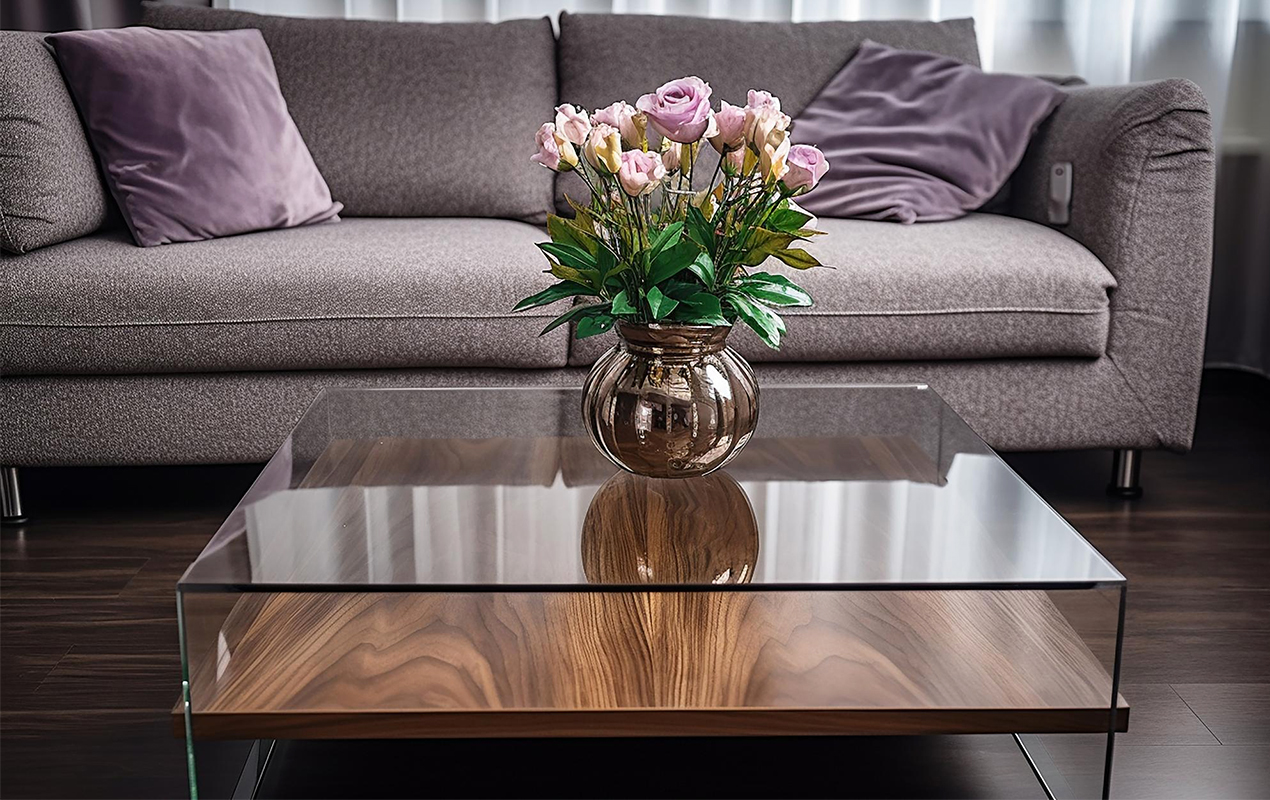
Photo by RashmikaArts from Freepik
Considerations for Different Lifestyles
While the broad principles of durability apply to all glass coffee tables, certain households or environments may require additional considerations to assure the table withstands the demands placed upon it.
Homes with Young Children or Pets
The playful energy of kids and pets can put any furniture to the test, including coffee tables. For these households, prioritizing safety and resilience is key.
- Tempered or Laminated Glass: Opt for either tempered or laminated glass for maximum safety. As mentioned earlier, these glass types are designed to shatter into small, dull pieces (tempered) or hold together even when broken (laminated), reducing the risk of serious injury.
- Rounded Edges: Pieces with rounded or beveled edges minimize the risk of accidental bumps and bruises. Sharp corners can be a hazard, especially for young children.
- Sturdy Base and Low Center of Gravity: A stable base is crucial for preventing tipping accidents, especially if kids or pets are prone to leaning or climbing on furniture. Search for options with a wide, solid base and a low center of gravity for better solidity.
High-Traffic Areas
In living rooms or family spaces that see frequent use, your table needs to endure more than just occasional gatherings. For high-traffic areas, consider the following:
- Scratch-Resistant Finishes: Some tables come with special finishes enriching their resistance to scratches and abrasions. These finishes can help maintain the table’s pristine form even with regular use.
- Easy-to-Clean Surfaces: Glass is generally straightforward to clean, but some finishes might be more resistant to fingerprints and smudges than others. Opt for a surface that aligns with your cleaning preferences and the frequency of use.
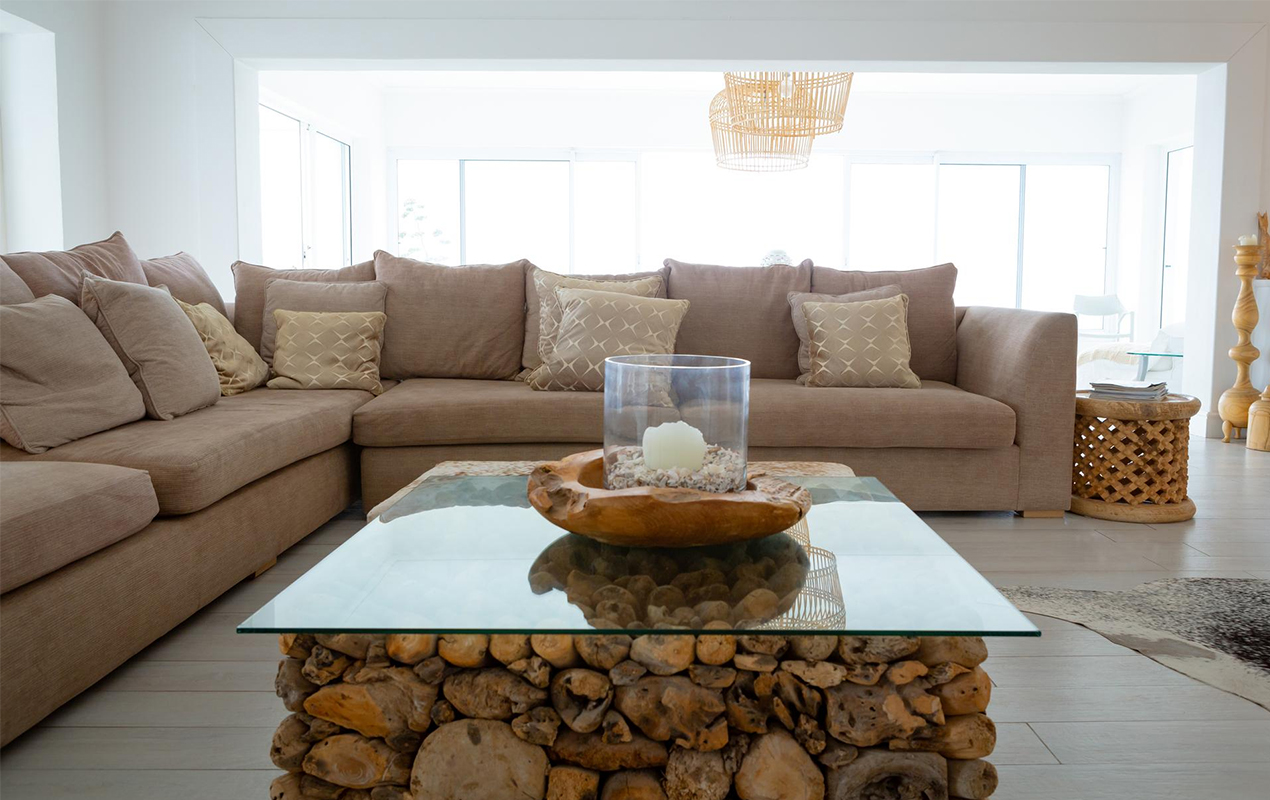
Photo by Wavebreak Media from Freepik
Glass Coffee Table Durability: Care and Maintenance
Keeping your table in ripe condition isn’t just about aesthetics; it’s about preserving its structural integrity and ensuring its longevity. Here are essential care and maintenance tips to always keep in mind:
Strategic Placement: Sunlight and Temperature Extremes
While a sun-drenched setting is inviting, direct sunlight can be harsh on glass furniture. Prolonged exposure to UV rays can cause the glass to fade or discolor over time. Many use adhesives or resins to bond the glass top to the base. These materials can yellow or discolor over time with prolonged UV exposure, giving the impression that the glass itself has changed color.
Moreover, extreme temperature fluctuations can build stress within the glass, potentially leading to cracks. To safeguard your table, position it away from windows with intense sunlight and heating or cooling vents. If direct sunlight is unavoidable, consider using window treatments to filter the UV rays.
Coasters and Pads: Your Table’s Companions
Coasters and pads might seem like an afterthought, but they play a crucial role in protecting your table. Hot mugs, sharp objects, and even moisture rings can leave permanent marks on the surface. By using coasters and pads, you form a barrier shielding the glass from these potential hazards. Choose coasters and pads made from softer materials like felt, cork, or silicone, and avoid those with rough bottoms, as they can scratch the glass. Making it a habit to use them consistently will retain the table’s untouched appearance.
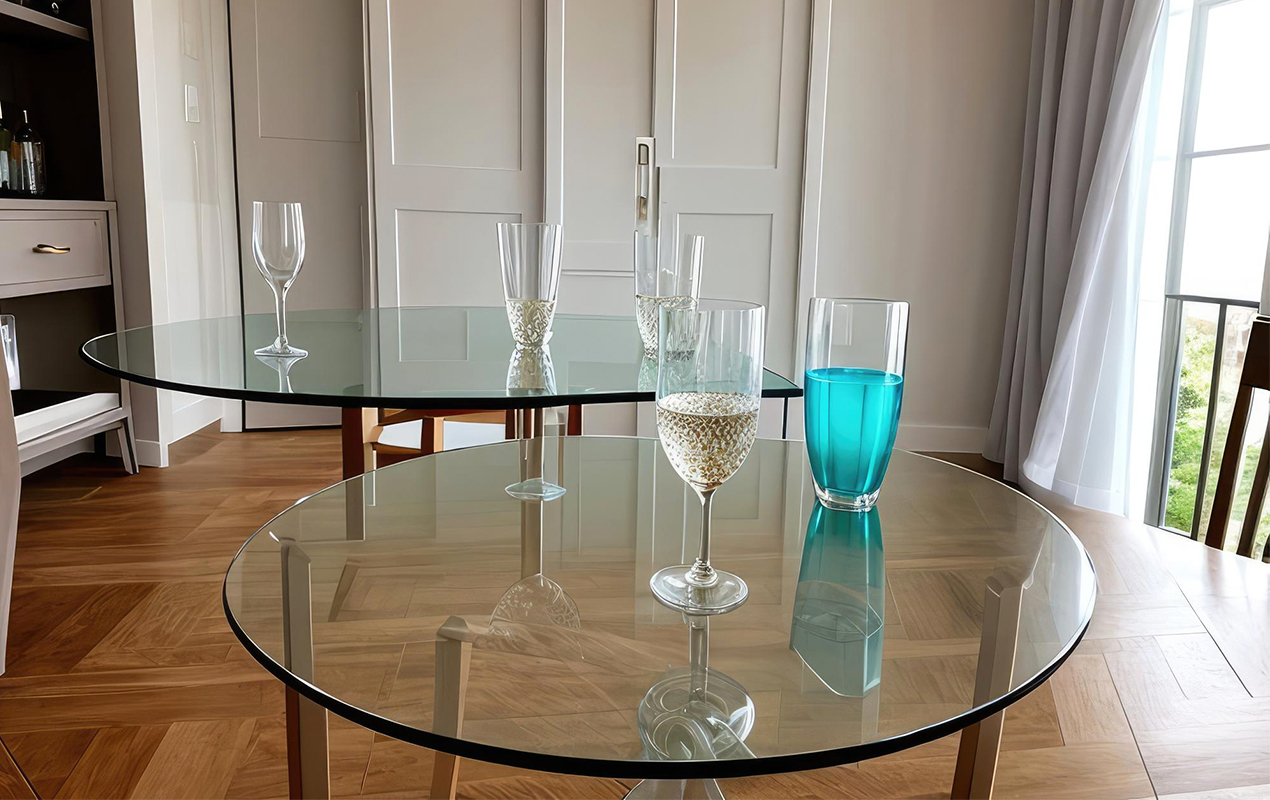
Photo by Vavfoto from Freepik
Final Thoughts
Going with a glass coffee table doesn’t have to be a gamble. By understanding the nuances of glass types, construction, and care, you can choose a piece that fuses aesthetics and brawn.
As we’ve explored, glass coffee table durability is not a matter of chance but a series of informed choices. It’s about understanding the strengths of tempered or laminated glass, appreciating the resilience of thicker tabletops and beveled edges, and recognizing the importance of a solid base and quality construction. It’s about tailoring your choice to your lifestyle, whether prioritizing safety features for a bustling household or opting for robust materials for high-traffic areas. And finally, it’s about embracing simple yet effective care practices to ensure your table maintains its luster and integrity.
Armed with these insights, you’re ready to tackle your search for a unique table. Don’t let misconceptions about fragility deter you – a well-chosen and well-cared-for table can be a surprisingly durable addition.

